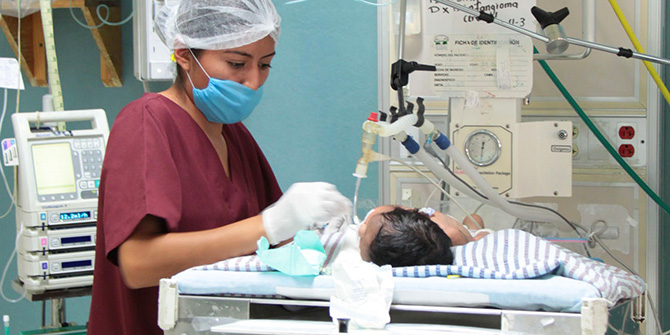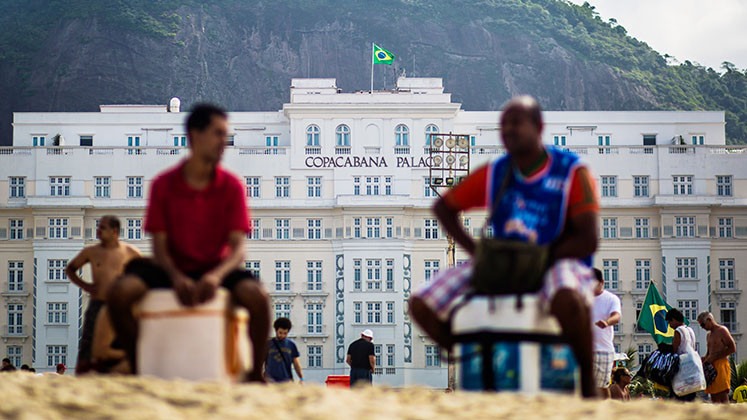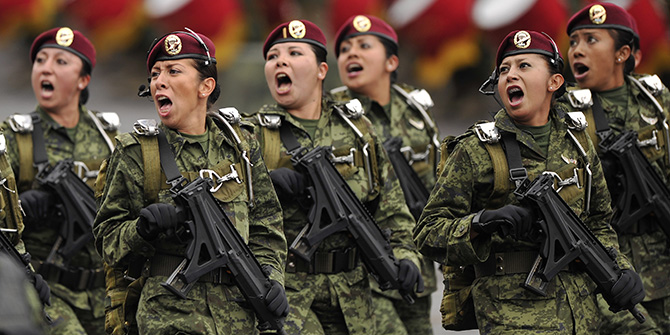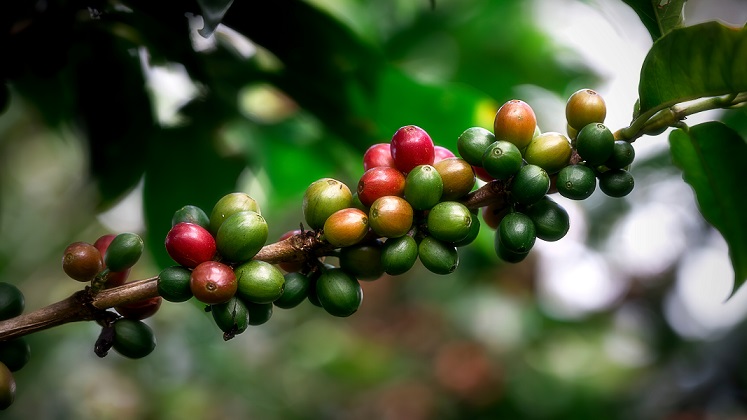Development agencies and governments have promoted fair trade to improve the lives of those at the tail-end of a supply change. But how does this model benefit small farmers and producers? Layla Zaglul Ruiz (LSE Latin America and Caribbean Centre) sheds light on these questions in the report ‘Adding value to coffee and chocolate in Latin America’.
Third-wave, specialty coffee, and fine chocolate are part of high-end food movements, covering products ranging from beer to cheese, moving away from mass production and homogenous goods towards singularity and decommodification. These affluent markets reward high-quality and artisan skills and have an appreciation for a single origin, direct trade, and provenance.
High-end coffee and chocolate are morally infused products through which consumers exercise resistance by boycotting certain brands and choosing to buy others. Both products have been at the epicentre of Fair Trade campaigns. In fact, coffee was the first agricultural product to bring ethical issues, such as premium prices and sustainability, into its marketing campaigns, emulated later in chocolate.
Development agencies and governments have promoted these modes of production as a route to improving the lives of those at the tail-end of each supply chain. The main reason for encouraging these practices is the promise of better prices for these products, as they are more highly valued than conventional goods in the international market and rely on fewer intermediaries.
But how much of this gets to the producers? What are the implications of these models for small-scale farmers? How are cacao and coffee farmers adding value to their products? The report ‘Adding value to coffee and chocolate in Latin America’ analyses these forms of production to answer these questions in the context of Costa Rica and Peru, and it puts forward policy recommendations that could improve the current situation.
Both cases in this study suggest that, even though the route to fine cacao and third-wave coffee implies differentiation and upgrading pathways, which are generally recommended in the global value chain literature, there is no significant improvement in the lives of small-scale farmers.
The problem is that, despite upgrading in the value chain, there is no radical redistribution of value. Third-wave coffee and fine chocolate from a single origin have, in most cases, more transparent and shorter value chains; however, there is an ‘unidirectional’ flow of power from North to South. In the case of coffee, roasters are the dominant players in addition to retailers and traders (all situated in the importing countries), which leaves the exporting countries with the lowest percentage of the value. The situation for chocolate is more extreme, with only 18.6% of the value allocated to the exporting countries.
Actions to secure more control and value
Given that, even in the cases of specialised goods, the highest profit belongs to the last steps in the value chain, this report suggests actions that push for manufacturing in the place of origin to secure more control and value acquisition. These policy implications – though specific for each context, using successful case studies from the sample, which follow these examples – are based on the idea that by building a stronger manufacturing industry, exporting countries would have more bargaining power, thus improving returns. In addition, by setting regulations for raw materials within each country, a more equal distribution of profits would be possible.
The argument of manufacturing as the basis for development has been discussed for several decades, particularly regarding Latin American nations. This report indicates that there is a uniqueness to these trends, which makes this an opportunity for materialising this idea. Besides the emphasis on quality, consumers are also attracted to issues around terroir, artisanship, and direct trade. All three of these areas have more relevance if these goods are fabricated at origin, and they make this an advantage over the competition. In addition, third-wave coffee and fine chocolate consumers are inclined towards fairness, and they have proven to adapt their purchasing choices based on their moral compass. Campaigns uncovering unfair prices and exploitation in both value chains have brought significant changes, such as Fair Trade certification.
Despite the recognition by many that a degree of industrialisation of exporting goods is a key economic policy goal to generate added value for Latin American countries, Peruvian and Central American agro-industries have historically been dominated by raw material extraction. However, there are successful stories of Latin American agricultural, manufactured goods for export that fine chocolate and third wave coffee could see as examples to follow, like mezcal and tequila in Mexico or Chilean wine, which is a strongly export-oriented product (80% of wine produced is exported), is mainly vertically integrated, and owned by local investment. Wine is a product that, just like fine chocolate and third wave coffee, has a strong emphasis on quality, artisanship, and terroir. Third wave coffee and fine chocolate borrow ideas, language, and metrics from wine. Scholars explaining these trends often compare it to wine because of these similarities. But despite the comparisons, it would be unthinkable to consider a wine from Chile if it had been aged and bottled in Europe. In fact, it is inconceivable to think of any wine being manufactured anywhere other than the place of origin of its grapes.
My report highlights these tensions in the value chain of fine chocolate and third wave and speciality coffee, both at the discursive level and that of the growers’ realities. By exposing how the current model contradicts the vision that these trends are more just and transparent, it also reveals that manufacturing at origin would enable a fairer distribution of value, improving the lives of those in producing countries.
Notes:
• The views expressed here are of the author rather than the Centre or the LSE
• Please read our Comments Policy before commenting.
• This post is based on the research project ‘Adding value to coffee and Cacao in Latin America’. The project will provide an anthropological study of the recent trends in Latin American export crops towards small-scale, high-quality production, using the examples of coffee micro-lots in Costa Rica and fine cacao production in Peru.
• You can find the report ‘Adding value to coffee and cocoa in Latin America here
• The Canning House Forum is a partnership between the LSE Latin American and Caribbean Centre and Canning House that aims to promote research and policy engagement around the overarching theme of “The Future of Latin America and the Caribbean”.
• Banner: Peruvian chocolate / Karol Moraes (Shutterstock)





